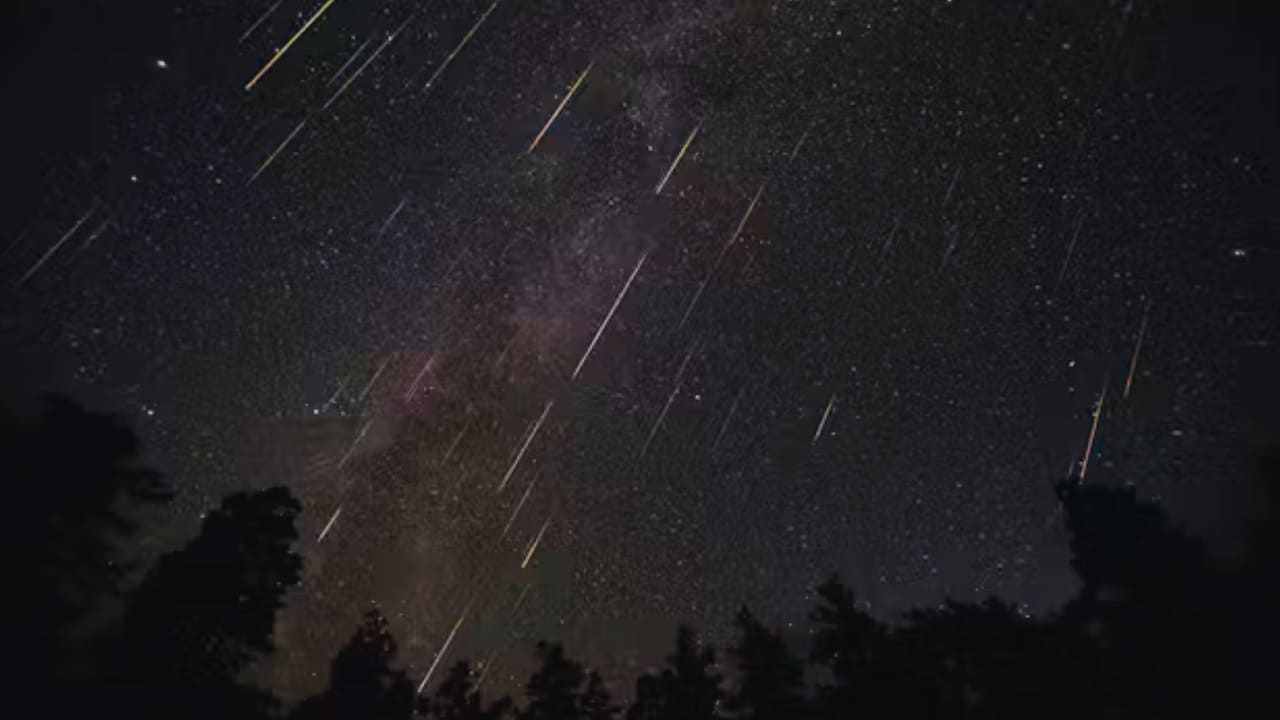Space Rocks Unmasked: Earth’s Meteoric Visitors Come from Surprising Sources
In a groundbreaking revelation that’s shaking up the world of astronomy, new research has uncovered the surprising origin of most meteorites that crash into Earth. As a news reporter on the scene, I’m here to break down this cosmic detective story that’s rewriting our understanding of space debris.
Scientists have long puzzled over where these celestial visitors come from. Until now, we could only trace about 6% of meteorites back to their source. International research teams have changed all that, thanks to their stellar sleuthing.
In summary, our planet receives over 70% of its space rocks from three young asteroid families. These families, named Karin, Koronis, and Massalia, formed relatively recently in cosmic terms—just millions of years ago, compared to our 4.5-billion-year-old solar system.
Dr. Michael Marsset, the lead author of one of the studies, says, “It’s as if we’ve solved a cosmic mystery.” “We now know that recent collisions in the asteroid belt are flooding Earth with most of its meteorites.”
To solve this mystery, researchers used high-tech telescopes to survey asteroid compositions. They then paired this data with computer simulations to track how these space rocks move and break apart over time.
The result? We have created a cosmic family tree that connects Earth’s meteorites to their asteroid progenitors.
Why do these youthful asteroid families dominate the meteorite scene? It turns out that youth has its advantages in space. These families still have lots of small fragments left over from their violent births. These fragments are more likely to collide and fall towards Earth.
“It’s like a cosmic game of pinball,” explains Dr. Pierre Vernazza, another study lead. “The more fragments there are, the higher the chance some will end up headed our way.”
This discovery isn’t just cool space trivia. It’s a game-changer for understanding our solar system’s history. Meteorites are time capsules, preserving information about the early days of our cosmic neighborhood.
By linking these space rocks to specific asteroid families, scientists can reconstruct the conditions present when our planets were forming. It’s like piecing together a 4.5 billion-year-old puzzle, one meteorite at a time.
The research also sheds light on how often major asteroid collisions occur. While they might seem common in sci-fi movies, in reality, they’re quite rare. “We’re talking once every 30 to 50 million years,” Dr. Vernazza notes. Interestingly, in just the last 8 million years, there have been three major ones.
This new understanding could have practical applications, too. Knowing where most meteorites come from could help us better predict and prepare for future impacts. It might even guide future space missions to explore these asteroid families up close.
As we wrap up this cosmic news bulletin, it’s clear that the night sky still holds many secrets. But thanks to the tireless work of scientists and some clever use of technology, we’re unraveling those mysteries, one space rock at a time.
So the next time you see a “shooting star” streaking across the sky, remember—you might be watching a piece of Karin, Koronis, or Massalia making its final journey to Earth. It’s a reminder that we’re all part of a vast, interconnected cosmic dance, with stories written in the stars—and in the rocks beneath our feet.
This is your space-savvy reporter, signing off. Keep watching the skies, and stay curious about the cosmic wonders that surround us!
